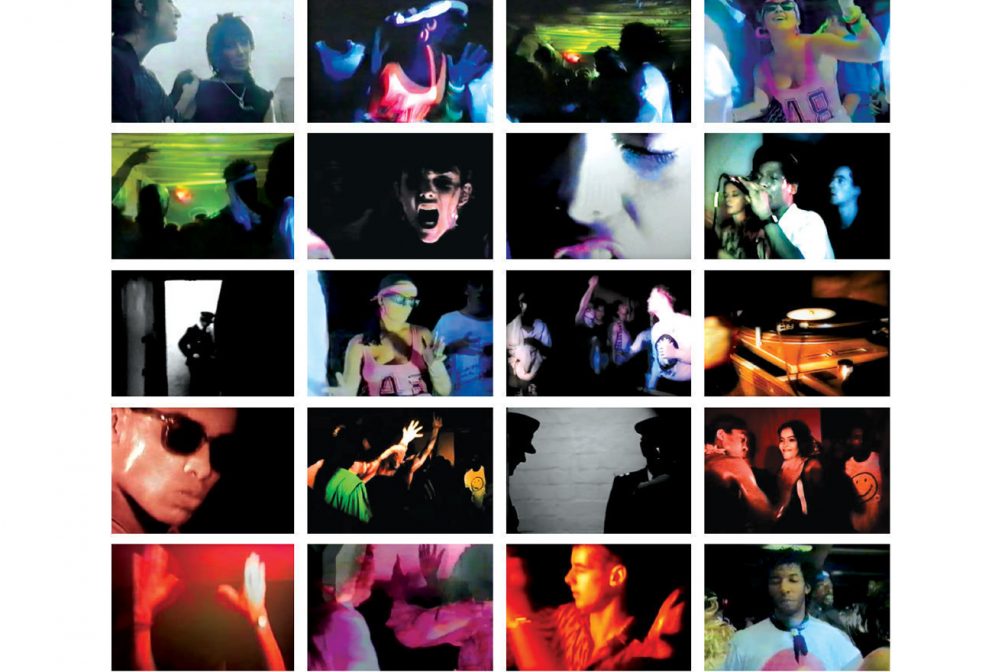 Culture
Culture
Deep inside
Clink Street was the birth of rave culture
In July RIP introduced a party on the Friday called Acid Transmission and soon after Zoo was added on Sundays (“because anyone left still going after the weekend had to be animals,” according to Mr C). The summer passed quickly, but Vukovic and Stone’s parties lasted only until autumn when they ended amid pressures to make the night more commercial by forces that were rounding on the promoters – what Stone refers to cryptically as “the dark side”.
With nascent rave promoters like Anton Le Pirate and Tony Colston-Hayter regular visitors, the commercial possibilities were clear. But as the RIP acronym suggests, the pair were purist about the scene they had created and had little interest in the massive raves that were obviously on the horizon. “That Summer of Love went really well,” says Stone. “It was constantly full. But then you had people out there who could see a buck or two. I’ve never really been about the buck. I had people approaching me saying do you fancy doing this or that... it was working its way toward big outdoor events. Everybody started getting greedy. But the idea of doing this in a field, where I couldn’t control the sound, where I couldn’t make it what it actually was – it just lost it for me. I was totally against all that. I wanted to keep a little niche of something that was special.”
Tony Colston-Hayter and Anton Le Pirate were alive to the commercial possibilities presented by the activities in these clubs. Giant raves like World Dance, Biology and Sunrise grew out of what was then a micro-scene. After Clink Street folded, Mr C became the rapper for the Shamen, enjoying a number of cross-over hits, including the hilariously subversive ‘Ebeneezer Goode’, and with the money he accrued from his pop ventures he built a studio and started the techno label Plink Plonk with RIP accomplice Paul Stone.
“Clink Street was the birth of rave culture,” claims Mr C. “It has now proliferated across the world into the global phenomenon of underground electronic dance music that we see in major clubs today. I think it was the beginning of that. The music in Chicago, Detroit and New York was more of a black gay disco scene. What we did was pull together the music from those three scenes, with the drugs and this synchronicity, and created something new and fresh. It was the beginning of rave culture as we know it. ”
Watch a film on Clink Street here


